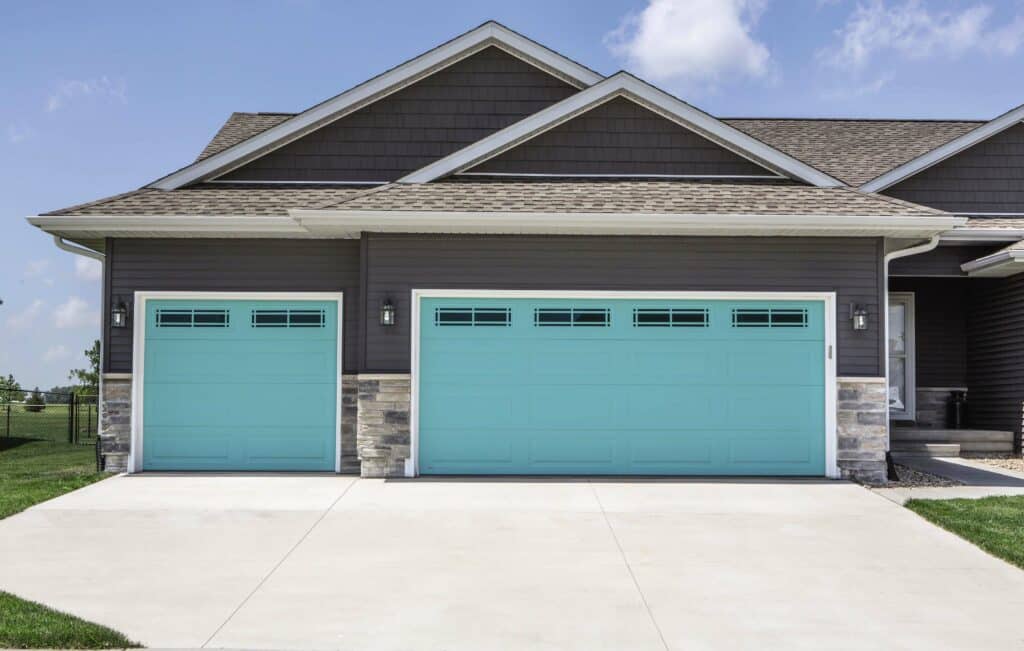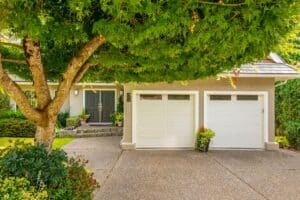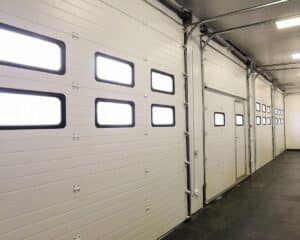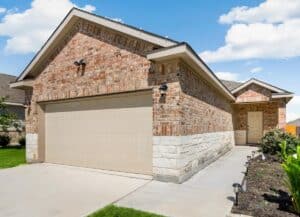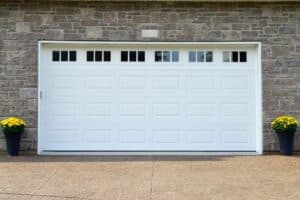Garage doors play a pivotal role in defining the curb appeal of your home. The color you choose for your garage door can significantly affect the overall look and feel of your residence. This article delves into the current trends in garage door colors, offering insights on how to select the perfect shade that not only complements your home’s aesthetics but also reflects your personal style.
Analyzing Your Home’s Exterior
Choosing the perfect shade for your garage door begins with a detailed analysis of your home’s exterior. The architectural style and existing color palette of your home are crucial factors that should guide your decision.
This approach ensures that the garage door not only complements but enhances the overall aesthetic appeal of your property.
Understanding Architectural Style
Every home has a unique architectural style, whether it’s traditional, modern, Craftsman, or something entirely different. Recognizing the defining features of your home’s architecture can help you select a garage door color that harmonizes with its design.
For instance, classic colors like white, black, or natural wood tones might suit traditional homes, while bold or unconventional colors could complement modern architectural styles.
Assessing the Exterior Color Palette
The colors of your home’s siding, trim, shutters, and roofing play a significant role in determining the ideal garage door color. The goal is to achieve a balanced and cohesive look that ties all elements of your home’s exterior together.
Consider using complementary colors that add contrast without clashing or opt for shades within the same color family for a subtle and harmonious effect.
The Role of Color Coordination
Color coordination is more than just matching shades; it’s about creating a visually appealing and cohesive exterior. When analyzing your home’s color palette, consider the color wheel and principles of color theory.
Colors opposite each other on the wheel are complementary and can create a vibrant contrast, while adjacent colors offer a more harmonious and subdued palette.
Considering the Impact of Lighting
The way colors appear can significantly change under different lighting conditions. Sunlight can alter the perception of color at various times of the day, making it essential to observe your home’s exterior in natural light throughout the day before making a decision.
Consider how artificial lighting, such as porch lights or street lamps, affects how the color looks at night. A shade that looks appealing in the morning light might not have the same impact under the yellow glow of an evening light.
Incorporating Landscape and Surroundings
Your home’s landscape and the surrounding environment can also influence the choice of garage door color. Natural elements, seasonal changes, and even the color of neighboring homes should be taken into account.
A color that complements the greenery of your garden or the earthy tones of your landscape can enhance the natural beauty of your property.
Colors wield a profound impact on perception and mood, serving as a silent yet powerful language that communicates emotions and sets the ambiance. When it comes to selecting a color for your garage door, understanding the psychological effects of colors can play a pivotal role in enhancing your home’s architectural features and elevating its presence in the neighborhood.
Communicating with Color
Each color conveys a unique message and evokes specific emotions. For example, blue is often associated with trust, serenity, and stability, making it a fantastic choice for creating a calm and welcoming exterior.
Red, on the other hand, is bold and attention-grabbing, ideal for homeowners who wish to make a statement. Green reflects harmony and nature, perfect for homes surrounded by lush landscapes, emphasizing the connection to the outdoors.
Enhancing Architectural Features
The right garage door color can highlight and enhance your home’s architectural details. Dark colors tend to recede, making them suitable for large garage doors on small homes, as they help to balance the proportions.
Light colors, conversely, can make garage doors appear more prominent, beneficial for drawing attention to beautiful craftsmanship or design details. Utilizing contrast can also accentuate architectural features, such as trim or decorative hardware, adding depth and interest to the facade.
Setting the Mood and Atmosphere
The color of your garage door significantly influences the mood and atmosphere of your home’s exterior. Warm colors like reds, oranges, and yellows can create a cozy and inviting feel, while cool colors like blues and greens offer a refreshing and tranquil vibe.
Neutral tones, such as grays, whites, and tans, provide a timeless elegance and flexibility, easily adapting to various styles and landscapes.
Making Your Home Stand Out
In a neighborhood of similarly styled homes, the color of your garage door can set your property apart. Choosing a unique shade that complements your home’s style while respecting the overall aesthetic of the community can make your house a standout.
It’s not just about being different; it’s about expressing personality and enhancing curb appeal in a way that adds value both visually and emotionally.
Reflecting Natural Light and Environment
Colors can change dramatically under different lighting conditions and environments. Light colors reflect more sunlight, reducing heat absorption and potentially lowering cooling costs in warmer climates. In contrast, dark colors can absorb heat, which might be advantageous in cooler regions.
Additionally, the natural surroundings can influence how colors are perceived; for instance, a color that looks vibrant under the bright sun may appear muted on a cloudy day or in the shade.
By thoughtfully selecting your garage door color, you harness the power of color to influence perception, mood, and even the perceived size and shape of your home. The right shade not only complements the architectural features but also communicates your style, sets the desired mood, and ensures your home makes a memorable and positive impression in your neighborhood.
FAQs
The color of your garage door significantly affects your home’s curb appeal, complementing its overall aesthetics and reflecting your personal style.
Start by analyzing your home’s exterior, including its architectural style and existing color palette, to ensure the garage door color harmonizes with your property.
Your home’s architectural style guides the selection process, with classic colors suiting traditional homes and bold shades complementing modern designs.
Assess the colors of your home’s siding, trim, and roofing to achieve a cohesive look, using complementary colors or shades within the same color family.
Color coordination creates a visually appealing exterior by using the color wheel principles to achieve vibrant contrast or harmonious palettes.
Colors can look different under varying lighting conditions, so observe your chosen shade in natural and artificial light at different times.

